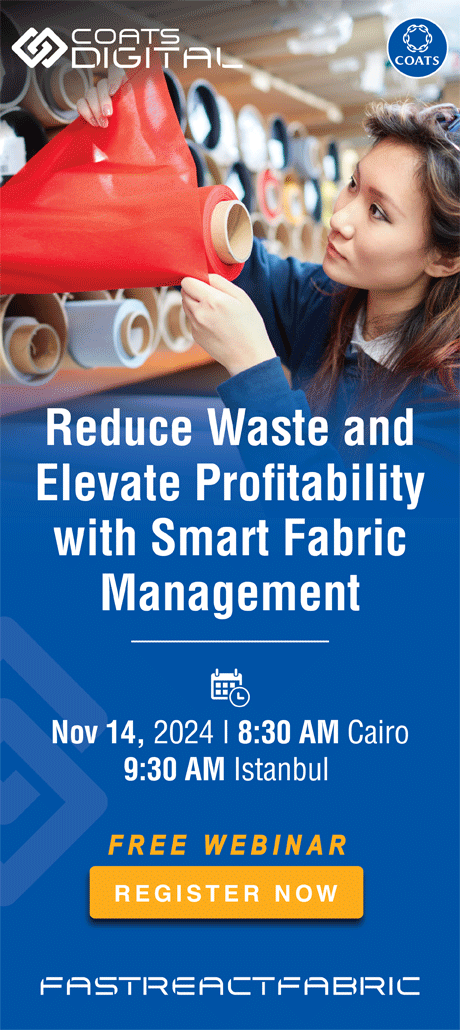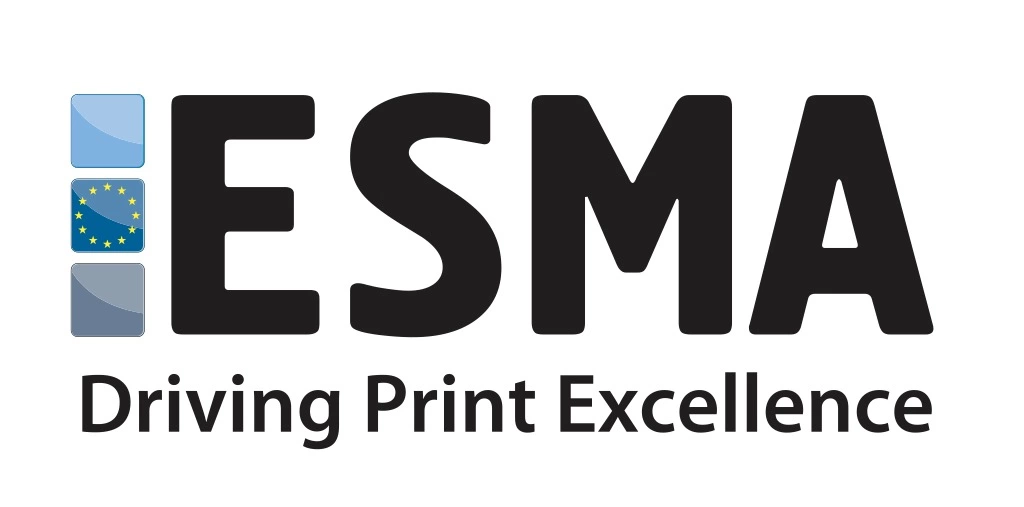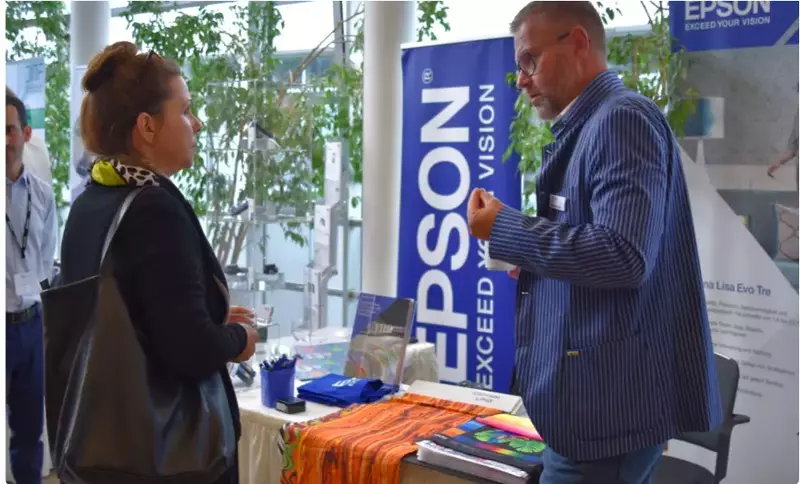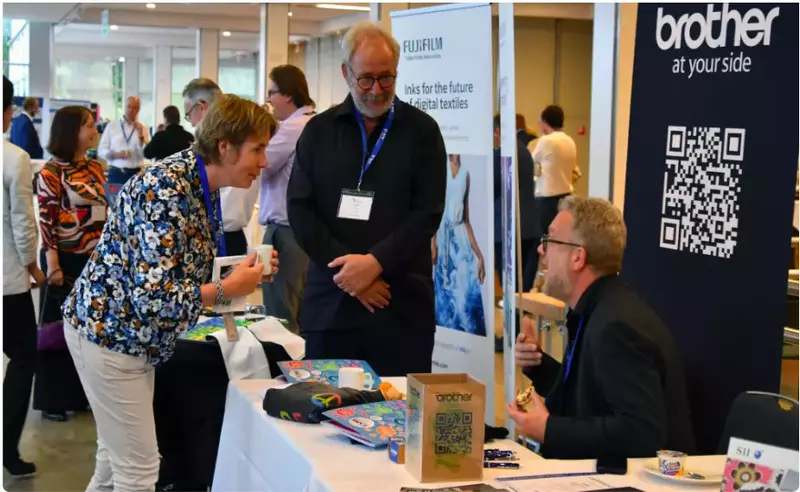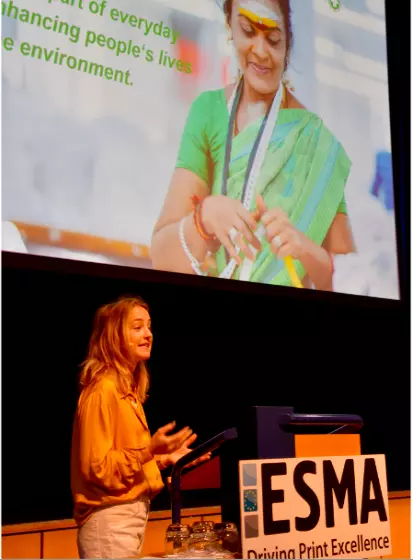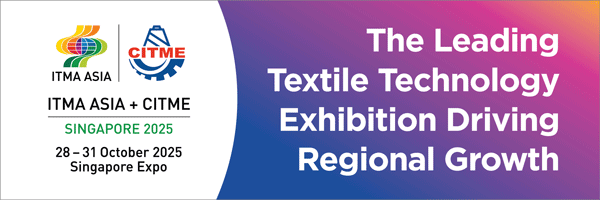Interview With Mr Peter Buttiens ESMA CEO
ESMA is the European association for industrial printing representing screen and inkjet printing technology. Founded in 1990, from a group of equipment manufacturers in screen and digital printing it has grown into an organisation representing industrial, functional and speciality print.
Throughout the years ESMA has developed the Knowledge Hub concept which now expertly serves our manufacturer members and technology partners.
Textile has been important in the broader sense because we approach it from the substrate side. Beside apparel and fashion, DTG and home textiles, we also look at different solutions in areas such as wearables, biomedical, applications, flexible and stretchable technical textiles. Approximately 80% of ESMA members have a direct or indirect connection to textile printing.
KTJ: What is ESMA vision mission and roadmap. How ESMA help to textile manufacturers all around the word?
PB: Textile has been in general a very conservative industry but following UN Sustainable Fashion Goals and even more the EU Green Deal for the textile sector, the transformation has accelerated and shall be accomplished in two stages – in 2030 and 2050.
The entire supply chain will be involved from thread till finished delivered product arriving at the customer. One can be CO2-neutral in his production process but the energy-heavy transport can cancel that achievement. Therefore each optimisation needs to be implemented in the right way in order to enable long-term improvements.
EU Green Deal is not only about becoming CO2-neutral but also about championing re-usage, re-making and recycling.
As ESMA we started in 2022 with the first edition of Textile Printing & Sustainability conference. We know that 92% of printing on textiles is done with rotary screen for volume production. Here we need to address the production cycle, water usage and pollution, efficiency and introduction of digital solutions.
That transition may take up to two decades. In the meantime, conventional processes can still become cleaner and leaner as digital inkjet needs to solve their own bottlenecks.
Understanding the process of an optimal transition is what we try to explain at ESMA conferences, trainings and during exhibitions we attend. We have experts involved in all technologies and our suppliers will use the next years to make it a win-win.
KTJ: How many member you have? what is your members range of products and machinery? Share with us the most important properties of your members in different categories.
PB: We have around 65 members, it is a mix of inkjet and screen suppliers and technology partners (experts, value added resellers and industrial printers). They all serve a broader industrial area which includes glass, plastic, textile, electronics and biomedical.
We have the whole range of suppliers for hardware, inks, pre- and post-process and much more. The whole range and specific categories are available on our website www.esma.com
KTJ: Sustainability and recycling is an important subject for textile manufacturers all around the world, how we can have a sustainable and green textile products?
PB: There is not one sustainable solution for green textile products. It is the whole supply chain and production that needs to be involved. Starting from the threads, woven fabrics through to confection and printing which are only a small part of the whole process.
We tend to forget any form of printed decoration has consequences for recyclability. Making green textile products means CO2-reduction, less energy but even less waste during and at the end of product life. Today, only 2% of textile is really recycled, the rest is shipped away and either incinerated or dumped on big piles in third world countries.
Out of sight, out of mind? I believe that the textile supply chain is working hard but the problem seems to be at the end of the story, too.
KTJ: Why is digital textile printing expanding and developing day by day? What are its unique features and benefits?
PB: I have been involved with digital textile printing since 1998 and I can tell that the progress has been for a long time slow. It accelerated around 2017. However, my experience is that in markets as textile there is still this conservative approach.
In new textile business models the adoption of inkjet is advancing faster and also digital dyeing of fabrics is a growing topic. Overall, the reduced use of water and energy is a great asset. However, only few inks are really within this range of pigment inks, disperse dyes or sublimation inks.
The bottleneck with pigments is the binding of the inks with all kinds of fabrics, with or without fabric pre-treatment. For these inks, there is only a short drying process but sublimation or disperse is only working on polyester-containing fabrics which are questionable as green solution.
It is a similar question as with PET bottles – should they be recycled to create rPET bottles? There is currently not enough rPET for the bottle industry. The digital printing process is efficient at all levels but there are still major bottlenecks to be solved.
KTJ: How do you evaluate textile digital printing sector in Europe?
PB: Digital textile printing is important in terms of process optimisation. We expect more and more near-shoring, manufacturing closer to the customer, in combination with on-demand production.
Micro-factories (FOF= Factories of The Future) are important in this transition, completely automated (robotised) and available 24/7. This is the way to reduce overstocks, introduce possibilities of series-of-1 and personalisation.
KTJ: Textile industry is second most polluted industry after oil and gas industry and Reducing pollution and saving water sources is a priority for all textile factories , how digital printing can help manufacturers in this field?
PB: Textile is indeed extremely damaging in that aspect and that is why EU Green Deal’s first focus is on the textile sector. The main problems are water waste and pollution, as well as energy for dyeing. Then we have bad recycling habits even considering all efforts of textile containers, second hand shops and re-use.
Digital printing marks its relevance in the workflow through e.g. the digital product passport. This upcoming solution will contain all the information and efforts made during the production process of a textile-based product and will keep track of used resources, energy, and how to recycle in the best way.
At the end …
Due to the growing world population more textile is needed but not necessarily from the fast fashion segment. Nearly 91 million tons of textiles are thrown away each year it will become 132 million tons by 2030. The apparel industry’s global emissions will increase by 50% by that time!
It takes more than 20,000 litres of water to produce 1 kg of cotton. But even worse is that during the use of the clothing the story is not ended. Garments are a huge source of microplastics because so many are now made of nylon or polyester, both durable and cheap. Each wash and dry cycle, especially the latter, sheds microfilaments that move through our sewage systems and end up in waterways. It is estimated that half a million tons of these contaminants reach the ocean each year. That is the equivalent to the plastic pollution of more than 50 billion bottles.
As mentioned, the problems of the textile industry are wider and deeper as we can imagine but every little step forward is one in the good direction.
EU Green Deal and UN Sustainable Fashion Goals are supporting our work on the next Textile Printing & Sustainability conference as information and education base. We also work in Europe to help the textile recycling companies understand the complexity of print recycling.


